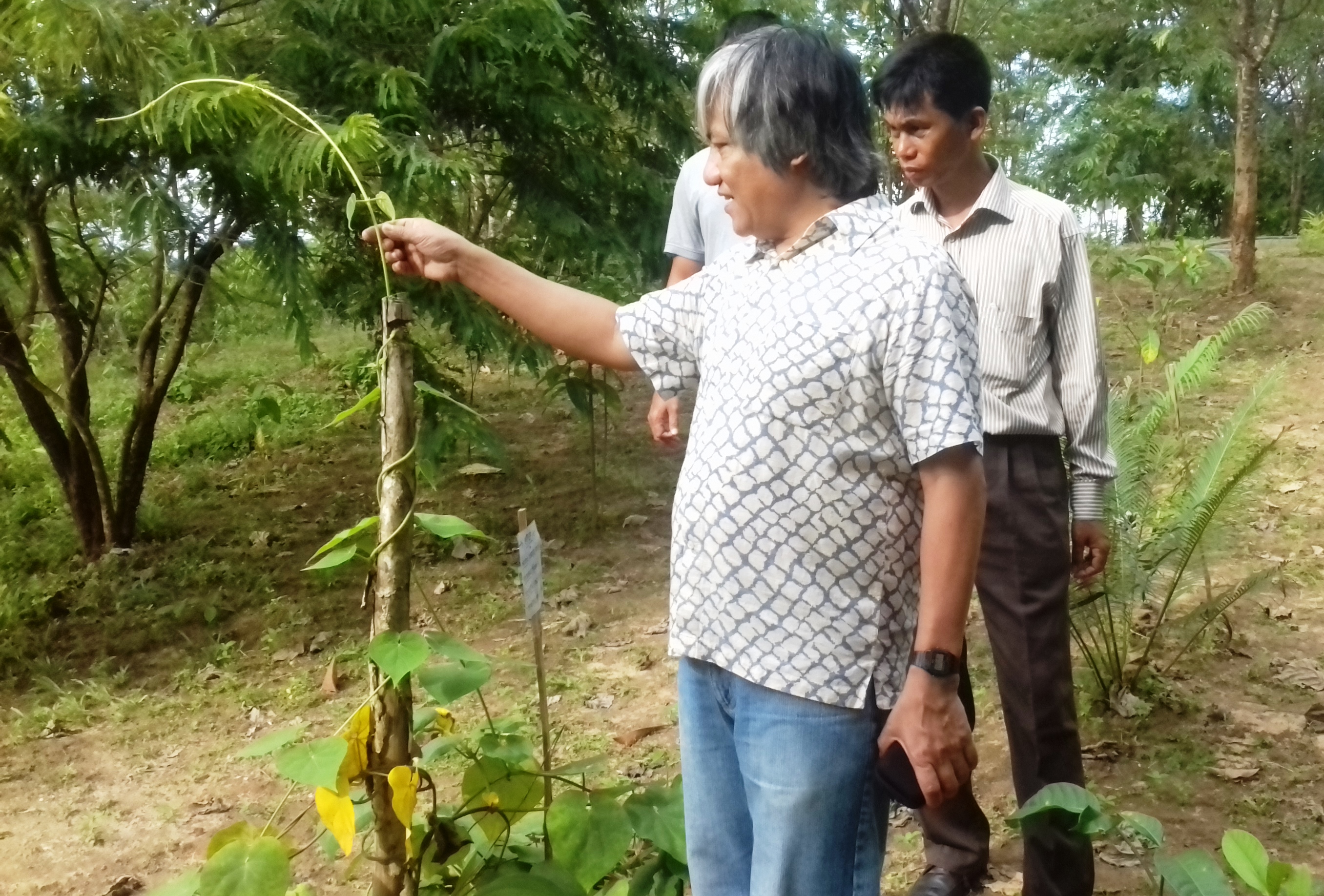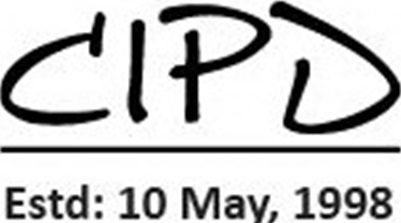 |
 |
 |
| Muralya Daru Tarum Inaugurated by Saheen Anam, Executive Director, Manusher Jonno Foundation | Speech Giving by Saheen Anam, Executive Director, Manusher Jonno Foundation | Speech Giving by Usaton Talukder, Honorable Member of CHT Regional Council |
 |
 |
 |
| View of Guest | CIPD Cultural Team Performing | Workshop with Traditional Healer (Boddyo) |
 |
 |
|
| A view of Alovera Garden | Meeting with Traditional Healer (Boddyo) | Training Certificate Distribution Ceremony |
 |
||
| Manusher Jonno Foundation Visiting Muralya Daru Tarum | Social Welfare Deputy Director Visiting Murulya Daru Tarum | |
 |
||
| Researcher and Anthropologist Prashanta Tripura visiting Murulya Daru Tarum |
Background:
The Chittagong Hill Tracts (CHT) is situated at the south-eastern corner of Bangladesh. Formerly an undivided district, the CHT now comprises three hill districts namely Bandarban (the southern part of CHT), Khagrachari (the northern part of CHT), and Rangamati (the central part of CHT). About one-tenth of the total land surface area of Bangladesh, the CHT covers an area of 5,089 sq. miles (13, 295 sq. kilometers). It is primarily a land of hills and uplands with a distinct pattern of natural vegetation. It is believed that the CHT possesses a vast reserve of natural resources.
Unlike most of the rest of Bangladesh, the CHT is the home of Indigenous Population (IP), namely Chakma, Marma, Tripura, Murung/Mro, Tanchangya, Khyang, Bowm, Pankho, Khumi, Lusai, Chak etc. These minority groups of Indigenous People have their own culture and tradition quite different from the ones of the Bengalis, who also live in the CHT.
The hilly and mountainous region of CHT was once rich by plenty species of flora and fauna. The IPs of this region has been using herbal plants as curative and preventive medicines to negotiate many diseases for centuries. Once the IPs were completely dependent on these naturally grown plants within the habitats as a result they have developed their own traditional pharmacopoeia or Boidya Shastra composed of many formula known as Talliks by Chakmas. This traditional treatment system is an inseparable part of cultural and traditional life.
